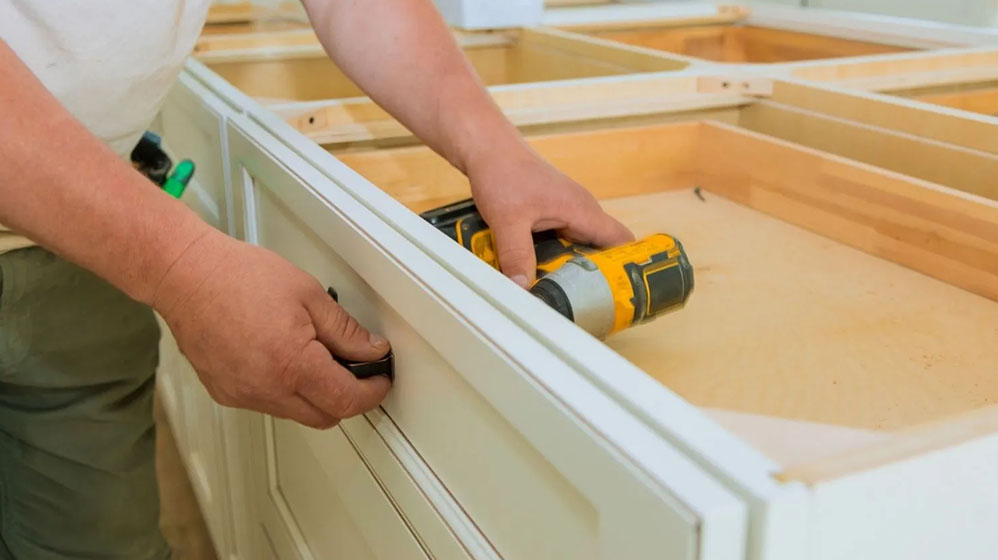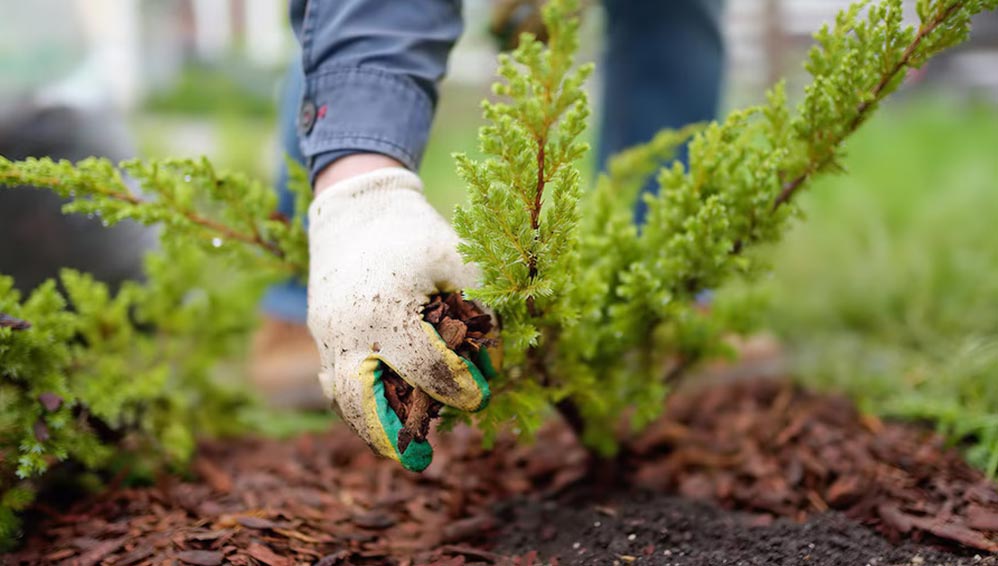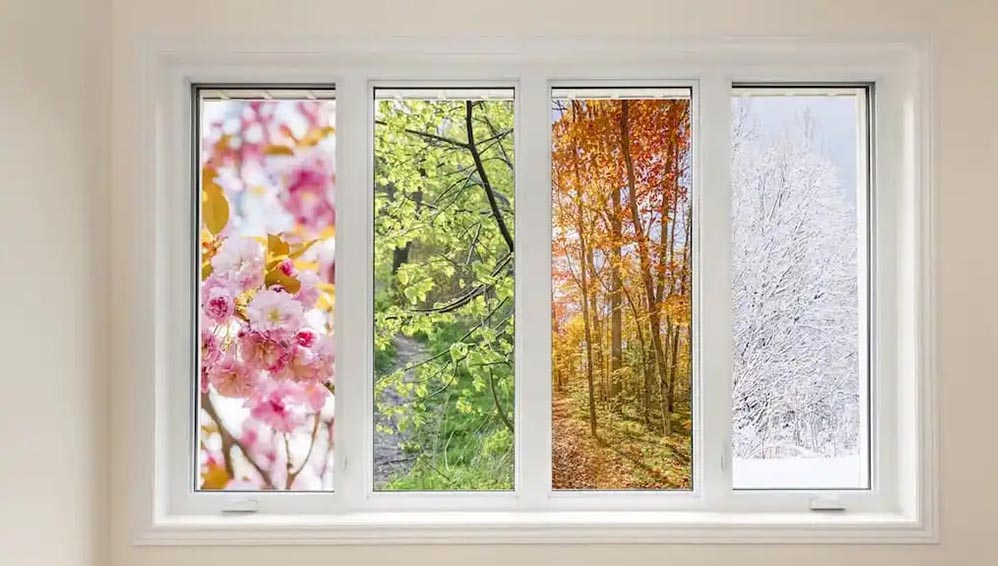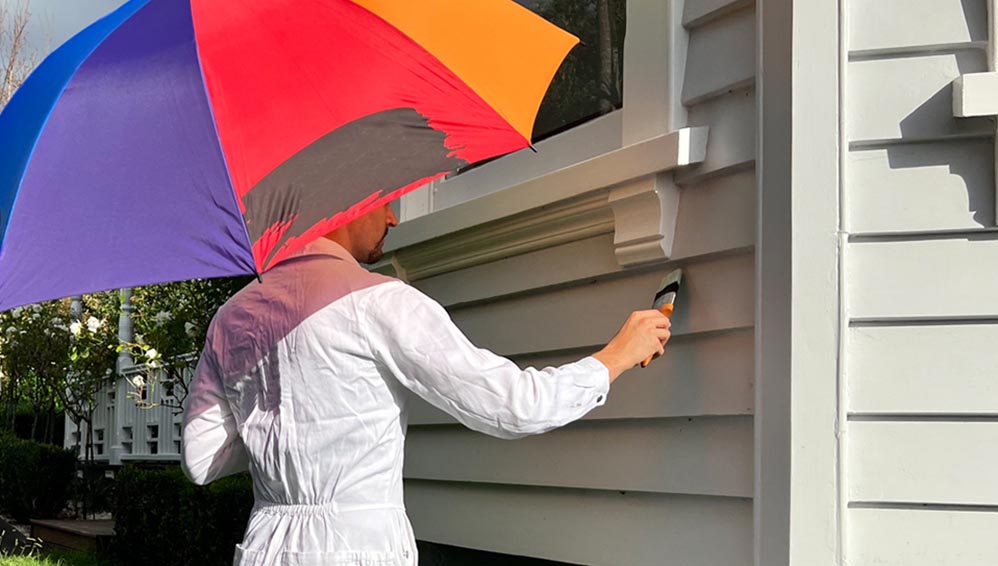In the world of interior design, trends come and go, but some styles have a way of returning with a fresh twist. Wallpaper is one such trend that is making a vibrant comeback, captivating homeowners and designers alike. At Powell Painting and Home Services, we believe that wallpaper can be a game-changer for your interior spaces, especially when it comes to creating stunning accent walls throughout your home.
The Resurgence of Wallpaper
Gone are the days when wallpaper was solely associated with busy patterns and outdated designs. Today’s wallpaper options are incredibly diverse, ranging from bold geometric patterns and nature-inspired motifs to subtle textures and elegant florals. This resurgence reflects a desire for personalization and creativity in home decor, allowing homeowners to express their unique style.
Why Choose Wallpaper
1. Endless Design Options
Whether you prefer a modern, minimalist aesthetic or a cozy, traditional vibe, there’s a wallpaper design to suit every taste. From chic metallics to soft pastels, the choices are virtually limitless. Accent walls can become the focal point of a room, drawing the eye and adding depth.
2. Magic
Wallpaper isn’t just about color and pattern; it also adds texture to your walls. Textured wallpaper can create a three-dimensional effect that enhances the overall feel of a space. From woven fabrics to embossed designs, these textures can make your walls come alive.
3. Easy to Update
One of the greatest advantages of wallpaper is its ability to transform a room quickly. Unlike a complete renovation, adding or changing wallpaper can be a relatively simple process. This makes it easy to refresh your space whenever you feel the need for a change.
4. Durability and Washability
Modern wallpaper is designed to be more durable and easy to clean than ever before. Many options are washable, making them ideal for high-traffic areas or homes with children and pets. This durability ensures that your investment in wallpaper will last for years to come.
Perfect Spaces for Wallpaper
1. Living Rooms
An accent wall in the living room can set the tone for the entire space. Consider using a bold pattern behind your sofa or a subtle texture to enhance the overall decor. This is a great way to showcase your personality and create an inviting atmosphere.
2. Bedrooms
Transform your bedroom into a serene retreat by selecting calming colors and patterns. A feature wall behind the bed can create a cozy focal point, making your space feel more intimate and personalized.
3. Dining Areas
Make your dining area memorable with a striking wallpaper design. Whether you host dinner parties or enjoy family meals, a beautifully wallpapered wall can elevate the dining experience and impress your guests.
4. Home Offices
In today’s world, many of us are working from home. Create an inspiring workspace by adding wallpaper to your home office. Choose a design that motivates you or adds a touch of creativity to your daily routine.
Working with Powell Painting and Home Services
At Powell Painting and Home Services, we understand the transformative power of wallpaper. Our team of experts is here to help you choose the perfect design and ensure a flawless installation. Whether you’re looking to create an accent wall or cover an entire room, we have the skills and experience to bring your vision to life.
Get Started Today
If you’re ready to embrace the wallpaper revival and transform your home, contact us today. Let’s discuss how we can help you create beautiful, personalized spaces that reflect your style. With Powell Painting and Home Services, your dream home is just a wall away!






